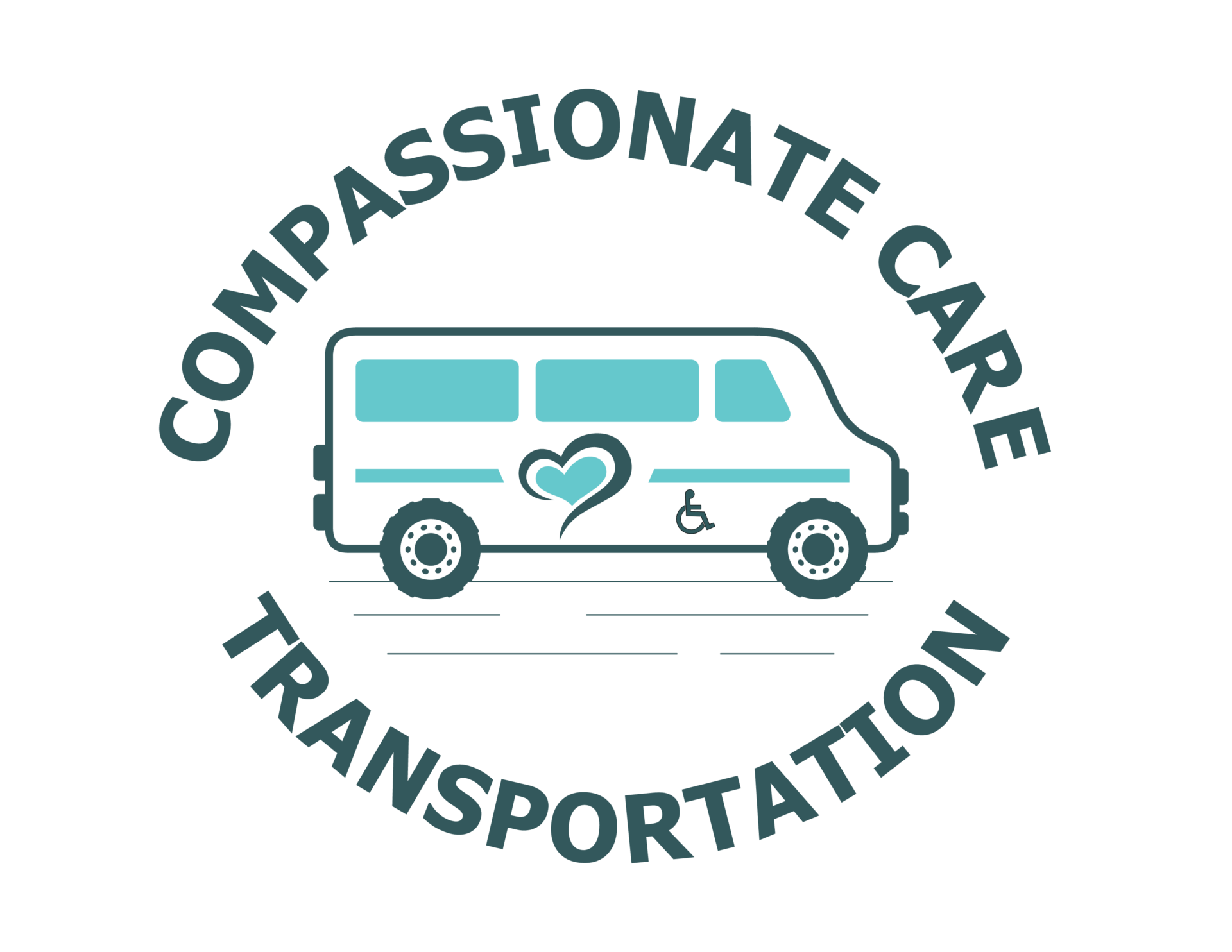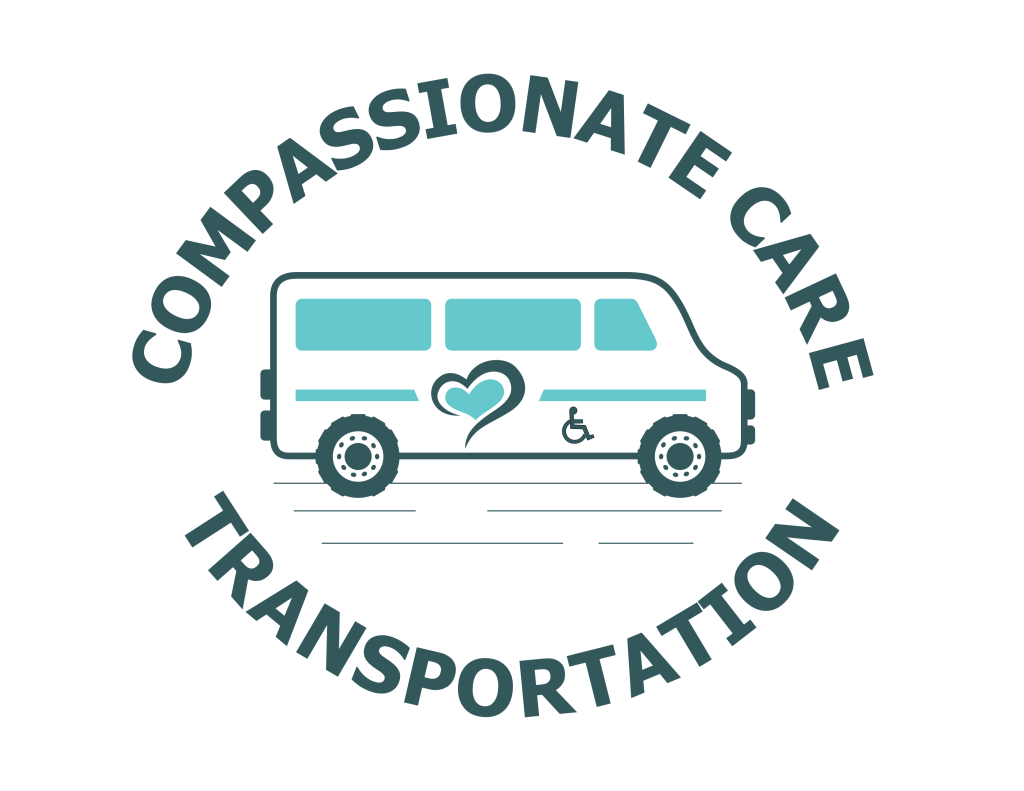Accessible transportation refers to transportation options that are designed to accommodate individuals with disabilities, including wheelchair users. It involves removing physical and attitudinal barriers that prevent wheelchair users from accessing public transportation and other modes of transportation. Accessible transportation is crucial for wheelchair users as it allows them to have equal opportunities for mobility, independence, and participation in society.
Challenges Faced by Wheelchair Users in Transportation
Wheelchair users face numerous challenges when it comes to transportation. Physical barriers such as stairs, narrow doorways, and lack of ramps or lifts make it difficult for wheelchair users to access public transportation and other modes of transportation. Attitudinal barriers, such as negative attitudes and stereotypes towards individuals with disabilities, can also create obstacles for wheelchair users in accessing transportation. Additionally, there is often a lack of information and communication about accessible transportation options, making it difficult for wheelchair users to plan their trips and navigate the transportation system.
Benefits of Accessible Transportation for Wheelchair Users
Accessible transportation provides numerous benefits for wheelchair users. Firstly, it increases their independence and mobility by allowing them to travel freely and access various destinations. This independence leads to improved quality of life as wheelchair users are able to participate in social activities, access education and employment opportunities, and engage in community life. Accessible transportation also promotes inclusivity and equal opportunities for individuals with disabilities.
Legislation and Policies Supporting Accessible Transportation
| Legislation and Policies Supporting Accessible Transportation | Description |
|---|---|
| ADA (Americans with Disabilities Act) | A federal law that prohibits discrimination against people with disabilities in all areas of public life, including transportation. |
| Section 504 of the Rehabilitation Act | A federal law that prohibits discrimination against people with disabilities in programs and activities that receive federal financial assistance, including transportation. |
| Transportation Equity Act for the 21st Century (TEA-21) | A federal law that provides funding for transportation projects and requires that transportation planning take into account the needs of people with disabilities. |
| Accessible Transportation for Persons with Disabilities Regulations | A Canadian law that sets out requirements for accessible transportation, including accessible buses, trains, and ferries. |
| Disability Discrimination Act | A UK law that prohibits discrimination against people with disabilities in all areas of public life, including transportation. |
Several legislations and policies have been put in place to support accessible transportation for wheelchair users. The Americans with Disabilities Act (ADA) is a landmark legislation that prohibits discrimination against individuals with disabilities in all areas of public life, including transportation. The Rehabilitation Act of 1973 also prohibits discrimination against individuals with disabilities by federal agencies and recipients of federal funding, including transportation providers. The Individuals with Disabilities Education Act (IDEA) ensures that students with disabilities have access to appropriate transportation to and from school.
Types of Accessible Transportation for Wheelchair Users
There are various types of accessible transportation options available for wheelchair users. Public transportation systems, such as buses, trains, and subways, are required to have accessible features such as ramps or lifts, designated wheelchair spaces, and audio and visual announcements. Paratransit services are specialized transportation services for individuals with disabilities who are unable to use fixed-route public transportation. Taxis and ride-sharing services are also increasingly providing accessible vehicles for wheelchair users. Additionally, there are accessible vans and vehicles that can be privately owned or rented by individuals with disabilities.
Features of Accessible Transportation for Wheelchair Users

Accessible transportation options are equipped with various features to accommodate wheelchair users. Ramps or lifts are essential for wheelchair users to board and exit vehicles. Securement systems, such as wheelchair tie-downs and seat belts, ensure that wheelchairs remain stable during transit. Wheelchair-accessible seating provides designated spaces for wheelchair users to sit comfortably. Audio and visual announcements help individuals with visual or hearing impairments to navigate the transportation system.
Training for Drivers and Staff in Accessible Transportation
Drivers and staff in accessible transportation are required to undergo training to ensure that they can effectively assist wheelchair users. The ADA mandates that drivers and staff receive training on how to operate accessibility features, assist individuals with disabilities, and provide appropriate customer service. Best practices for interacting with wheelchair users include treating them with respect, asking for permission before providing assistance, and communicating clearly. Sensitivity training is also important to address attitudinal barriers and promote a positive and inclusive environment.
Funding and Financing for Accessible Transportation
Funding and financing play a crucial role in ensuring the availability of accessible transportation options. Federal and state grants are often provided to transportation providers to support the implementation of accessibility features and services. Private funding and donations from organizations or individuals can also contribute to the development and maintenance of accessible transportation. Additionally, tax incentives are sometimes offered to businesses that provide accessible transportation, encouraging them to invest in accessibility.
Community Partnerships in Accessible Transportation
Community partnerships between transportation providers and disability organizations are essential for promoting accessible transportation. Collaboration allows for the sharing of resources, expertise, and advocacy efforts. Community outreach and education initiatives help raise awareness about accessible transportation options and provide information to wheelchair users. Disability organizations also play a crucial role in advocating for accessible transportation policies and funding at the local, state, and national levels.
Future Innovations in Accessible Transportation for Wheelchair Users
The future of accessible transportation holds exciting possibilities for wheelchair users. Autonomous vehicles have the potential to revolutionize transportation by providing on-demand, accessible transportation options. Smart city technology can improve accessibility by integrating transportation systems with digital platforms and real-time information. Universal design principles can be applied to transportation infrastructure to ensure that it is accessible to all individuals, regardless of their abilities.
Accessible transportation is vital for wheelchair users as it provides them with equal opportunities for mobility, independence, and participation in society. Despite the challenges faced by wheelchair users in accessing transportation, legislation and policies have been put in place to support their rights. Various types of accessible transportation options are available, equipped with features that accommodate wheelchair users. Training for drivers and staff is essential to ensure that they can effectively assist wheelchair users. Funding and financing, as well as community partnerships, play a crucial role in promoting accessible transportation. The future holds promising innovations that will further enhance accessibility for wheelchair users. Continued advocacy and innovation are necessary to ensure that accessible transportation remains a priority.
If you’re interested in wheelchair transportation, you may also find our article on senior transportation to doctor appointments helpful. It provides valuable information on how to ensure a comfortable and safe journey for seniors with mobility challenges. From tips on finding the right transportation service to understanding the specific needs of senior citizens, this article covers it all. Check it out here.

